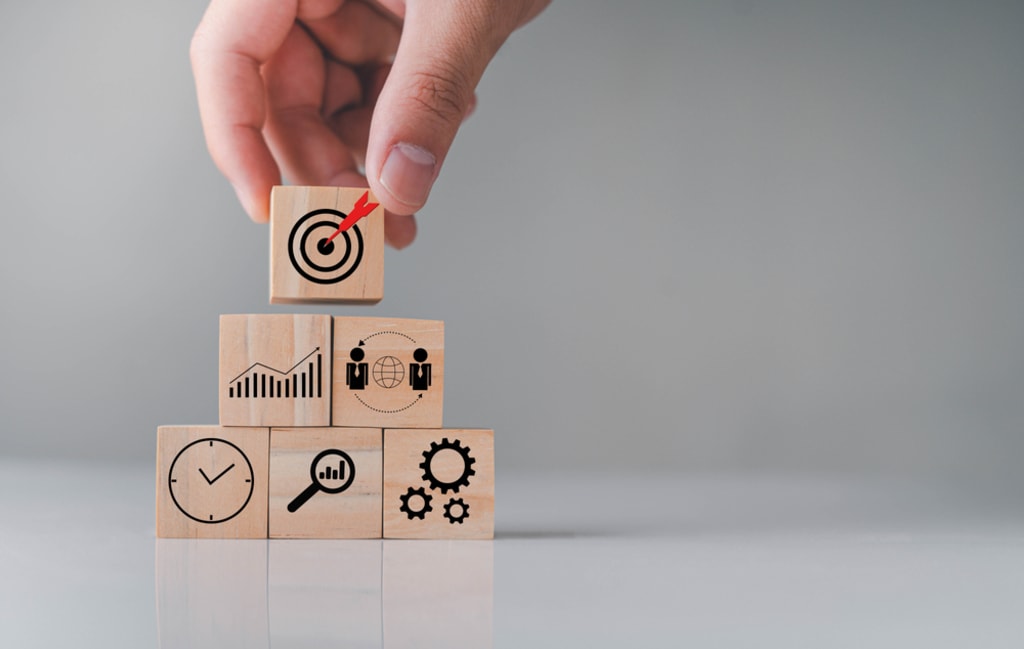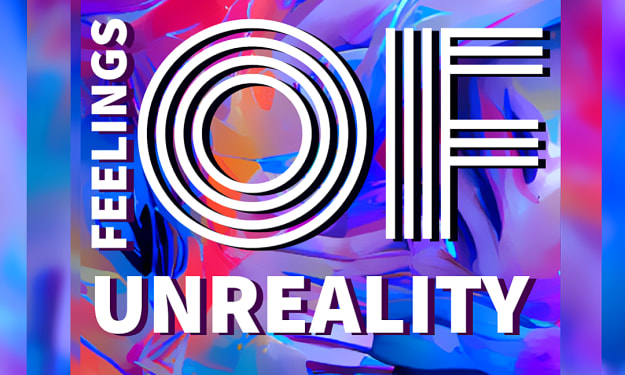
What are capabilities?
Capabilities are the combination of knowledge, behaviors, processes, tools, and technical and soft skills that define what a business does to deliver on its business strategy and satisfy clients and stakeholders. They are used to drive outcomes that contribute to an organization’s performance, strategy and brand identity.
What are skills?
Skills are the talent, knowledge or expertise needed to perform a particular task or job, and are developed through experience or education. You can have technical skills (which are required to perform your job) or possess soft skills (which impact your interpersonal relationships).
The difference between capabilities and skills
There are two major differences between capabilities and skills: Purpose and longevity.
Purpose
A capability is a collection of related skills, behaviors and processes that drive a business forward. Skills on their own cannot drive that forward momentum.
Take verbal communication, for example. It’s a single crucial skill that a person can learn to do in their job role. The only problem is that verbal communication on its own is not able to drive the business forward. But, when you group verbal communication with other skills like listening and empathy, you create a capability, which does power forward momentum.
Think of capabilities as something both employees and the organization need. The former in order to perform their job, and the latter to achieve company goals.
Longevity
Skills expire quickly—within five years of gaining them. Leadership skills and soft skills last a bit longer, but they won’t last the lifetime of your company.
On the other hand, capabilities are strategic, stable, and unique to your organization. Because they are designed to affect and enact a specific outcome, they need to be refined over time to keep up with your business strategy and culture.
Why do you need to know the difference?
Developing organizational capability is a critical task for HR. At the foundational level, you need to do it to identify the skills and abilities required for a specific job. But if you lean too heavily into that, you might tunnel vision on one person’s knowledge and neglect the bigger picture.
Focusing on capabilities emphasizes the strategic impact of professional development and workforce planning. When there are tangible links between L&D and ROI, you can better plan and argue for investments, resourcing and budget requests.
Why capabilities are important
Business pressures are only going to increase as new changes and challenges emerge. Capabilities are proactive, defining what you need in the future as well as right now. You can use them to design training programs and job descriptions, roles, and teams that fill knowledge and skills gaps and create a talent pipeline.
When you consider jobs as groups of capabilities, you view employees in terms of their abilities and potential, giving you the understanding you need for effective talent mobility, succession planning, and recruitment efforts.
How to improve capabilities and skills
You need to empower your employees to create new skills and apply capabilities in the workplace in order to drive real business impact. There are three strategies to improve on capabilities and skills.
1. Link training to business needs
Tailor learning to career aspirations to make employees more likely to connect with it. By aligning career pathways to strategic business objectives, you can boost your ROI tenfold.
- Start with jobs most likely to be impacted by change. This gives you a baseline of capabilities that those employees possess, which you can use to map the gaps between where they are and what role they may transition into.
- Look at your current high potentials’ development plans and determine whether you are choosing them based on job descriptions of competencies.
2. Embed learning in culture
Now that people are busier at work with more opportunities for distraction, short-form learning in the moment of need is more necessary than ever.
If employees aren’t encouraged or able to access resources, you’re discouraging problem solving. This impacts business agility because your employees won’t be capable of innovating solutions.
3. Enable HR to think ahead
HR and L&D teams need the tools to plan for a future state, which will require different skills, knowledge, and behaviors than what your organization currently has.
Workforce planning analytics use the data you already have at your disposal to map the gaps that are holding you back.
About the Creator
Acorn
Impact, not overload™
Acorn PLMS (performance learning management system) is a dynamic AI-powered platform for learning experiences synchronized to business performance at every step. Corporate learning is broken. Acorn is the antidote.






Comments
There are no comments for this story
Be the first to respond and start the conversation.